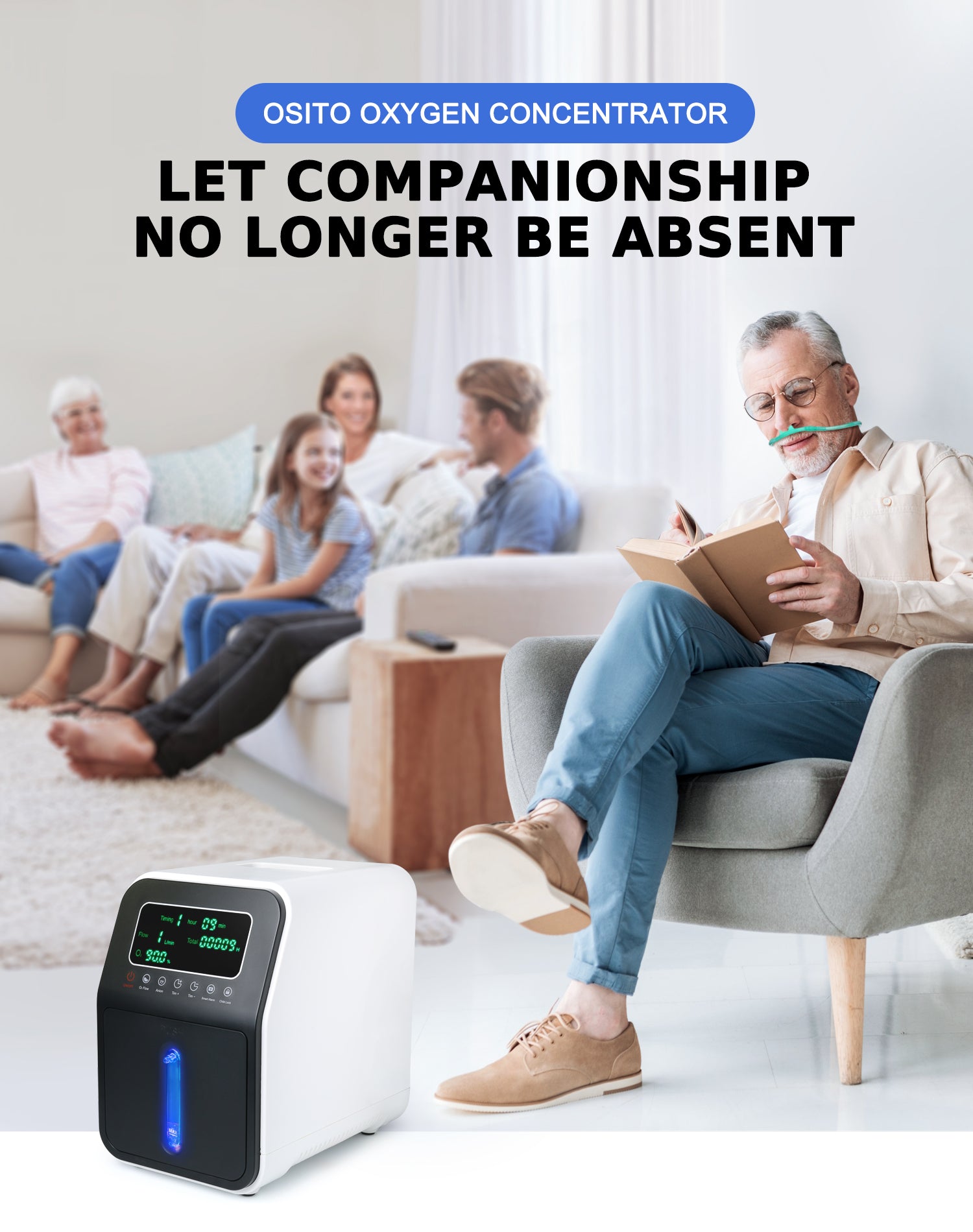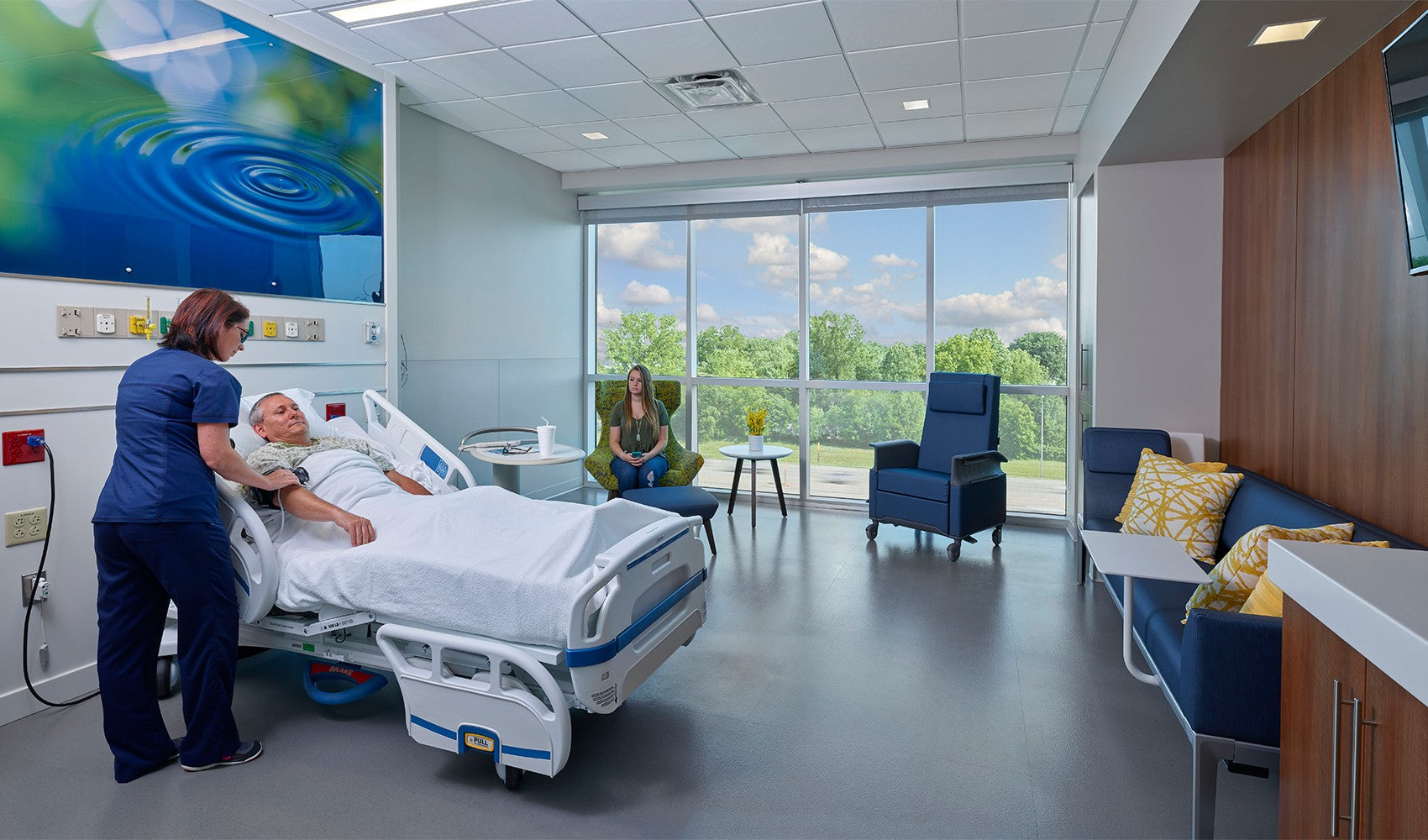This article is reproduced from [Liaoshen Evening News];
Elderly patients tend to be slow to react to hypoxia,
and may not even feel chest tightness, breathing difficulties, etc.,
which can be called "silent hypoxia".
Recently, after many doctors reminded
the elderly in the epidemic to be vigilant against the risk of "silent hypoxia",
the popularity of oxygen concentrators has risen again.
Shanxi consumer Zhang Ying (pseudonym) has two elderly people in her family, one of whom suffers from a more serious cardiovascular disease. In order to allow the elderly to safely pass the "peak infection period" of the new coronavirus, she spent 2,690 yuan on the evening of May 21 and ordered a 3-liter oxygen concentrator on an e-commerce platform.
Zhang Ying said: "When I was about to buy it that night, this model had already shown that it was out of stock in the current area, but after a while I refreshed it again and found that there were three pieces left, so I quickly placed an order." On the afternoon of May 23, Zhang Ying successfully received the oxygen concentrator.
However, users who placed orders two days later were not so lucky. On May 23, the reporter logged into multiple e-commerce platforms and found that oxygen concentrators were being sold out one after another.
According to the official website of the National Medical Products Administration, oxygen concentrators are also called small molecular sieve oxygen concentrators, medical molecular sieve oxygen concentrators, household molecular sieve oxygen concentrators, and portable oxygen concentrators. Their principles are basically based on pressure swing adsorption (Pressure Swing Adsorption). They use air as raw material and do not require any additives. They are powered on at room temperature. Through molecular sieves, ammonia and other gases are adsorbed to separate oxygen with a purity of 73±3% from the air. According to the maximum oxygen flow rate per minute, they are divided into 1L, 3L, 5L, and 10L oxygen concentrators.
From a medical point of view, people with lung lesions, cardiovascular diseases, severe anemia and other diseases need to use oxygen concentrators. However, various places are gradually ushering in the peak of new coronavirus infections. Do ordinary families need to be equipped with oxygen concentrators?
Li Dongzeng, chief physician of the Department of Infection Comprehensive Department of Beijing You'an Hospital Affiliated to Capital Medical University, said that oxygen concentrators are mainly used by patients with chronic respiratory diseases, and generally healthy families do not need to configure oxygen concentrators at home.
Li Dongzeng believed that if you experience chest tightness, shortness of breath, difficulty breathing or other symptoms of low blood oxygen, you should go to the hospital as soon as possible. It is not advisable to use an oxygen concentrator at home to breathe oxygen. Too high an oxygen concentration or too long a time can easily lead to oxygen poisoning and cause danger.
Elderly patients tend to be slow to react to hypoxia,
and may not even feel chest tightness, breathing difficulties, etc.,
which can be called "silent hypoxia".
Recently, after many doctors reminded
the elderly in the epidemic to be vigilant against the risk of "silent hypoxia",
the popularity of oxygen concentrators has risen again.
Shanxi consumer Zhang Ying (pseudonym) has two elderly people in her family, one of whom suffers from a more serious cardiovascular disease. In order to allow the elderly to safely pass the "peak infection period" of the new coronavirus, she spent 2,690 yuan on the evening of May 21 and ordered a 3-liter oxygen concentrator on an e-commerce platform.
Zhang Ying said: "When I was about to buy it that night, this model had already shown that it was out of stock in the current area, but after a while I refreshed it again and found that there were three pieces left, so I quickly placed an order." On the afternoon of May 23, Zhang Ying successfully received the oxygen concentrator.
However, users who placed orders two days later were not so lucky. On May 23, the reporter logged into multiple e-commerce platforms and found that oxygen concentrators were being sold out one after another.
According to the official website of the National Medical Products Administration, oxygen concentrators are also called small molecular sieve oxygen concentrators, medical molecular sieve oxygen concentrators, household molecular sieve oxygen concentrators, and portable oxygen concentrators. Their principles are basically based on pressure swing adsorption (Pressure Swing Adsorption). They use air as raw material and do not require any additives. They are powered on at room temperature. Through molecular sieves, ammonia and other gases are adsorbed to separate oxygen with a purity of 73±3% from the air. According to the maximum oxygen flow rate per minute, they are divided into 1L, 3L, 5L, and 10L oxygen concentrators.
From a medical point of view, people with lung lesions, cardiovascular diseases, severe anemia and other diseases need to use oxygen concentrators. However, various places are gradually ushering in the peak of new coronavirus infections. Do ordinary families need to be equipped with oxygen concentrators?
Li Dongzeng, chief physician of the Department of Infection Comprehensive Department of Beijing You'an Hospital Affiliated to Capital Medical University, said that oxygen concentrators are mainly used by patients with chronic respiratory diseases, and generally healthy families do not need to configure oxygen concentrators at home.
Li Dongzeng believed that if you experience chest tightness, shortness of breath, difficulty breathing or other symptoms of low blood oxygen, you should go to the hospital as soon as possible. It is not advisable to use an oxygen concentrator at home to breathe oxygen. Too high an oxygen concentration or too long a time can easily lead to oxygen poisoning and cause danger.




Leave a comment
This site is protected by hCaptcha and the hCaptcha Privacy Policy and Terms of Service apply.